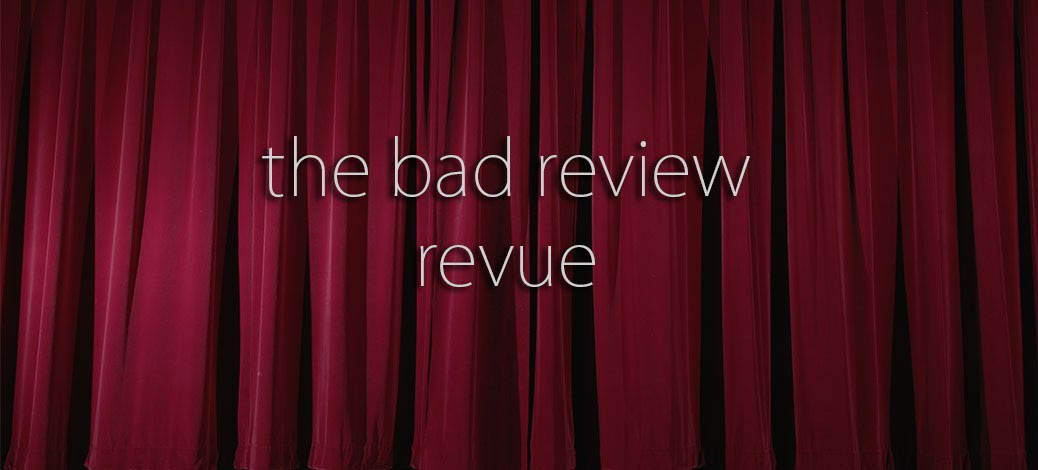Daily Music Vote
Daily Music Vote
The Bad Review Revue
The Three Musketeers: “The trio of journeyman British actors who play the musketeers are a brusque, reasonably appealing lot, though they barely get enough screen time to know them. As the film’s conclusion makes clear, that oversight is intended to be redressed in a sequel. No, thanks. In this case, ‘One for all’ will do.” — Liam Lacey, The Globe and Mail
Courageous: “Fails to answer the more pressing question of why religious sagas such as this treat subtlety as a sin.” — Nick Schager, Village Voice
Real Steel: “Better than Transformers. I fear that if I lower the bar any further, I shall pinch my toes.” — Tim Brayton, Antagony & Ecstasy
The Son of No One: “Life is a struggle, the new film “The Son of No One” makes that explicitly clear. But so is moviemaking, and unfortunately the toil is all too evident in writer-director Dito Montiel’s messy, logic-strained third feature.” — Robert Abele, Los Angeles Times
The Rum Diary: “Maybe if you have a little rum before viewing you can enjoy the diary, I however was not impressed.” — Jolene Mendez, Entertainment Spectrum
Daily Music Vote
If you were forced to eliminate one of these musicians from your life forever whom would you KEEP? CCR or Led Zeppelin?
Daily Music Vote
Amazing Jelly Bean Stop-Motion
This music video for Kina Grannis’ song “In Your Arms”, just blows me away. It uses stop motion with Kina in front of a jelly bean background.
Each background is made up of jelly-beans laid out by hand to create the video’s amazing look. This crazy project took 22 months of shooting, 30 people, 2,460 frames, 1,357 hours, and 288,000 jelly beans. What’s even more amazing is that all of the shots with Kina are not created with a green screen — she’s there for every shot.
The making of video is also pretty interesting:
